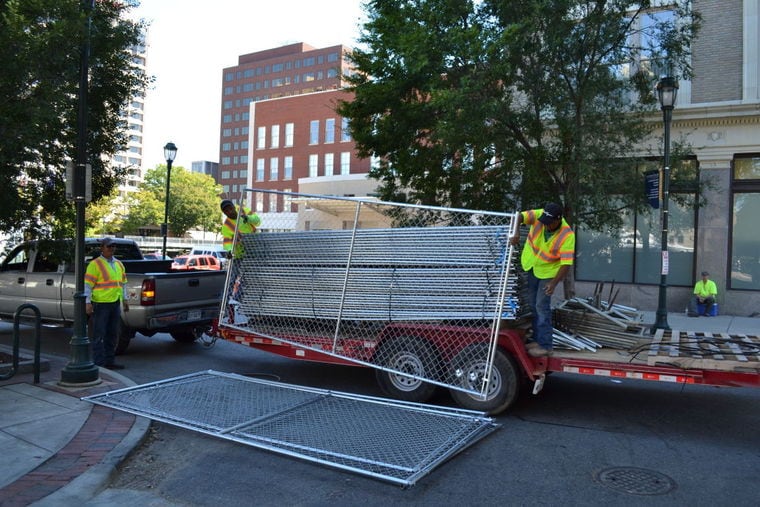|
Comprehensive Product Expertise From charming picket & privacy fences for your backyard, to high-security solutions for your business.
You will not regret choosing Hurricane Fence for your next fencing needs!–Matt A.
(804) 353-6030
1300 Dinneen Street
Richmond, VA 23220
Richmond, VA 23220
(757) 853-5669
3530 Airline Boulevard
Portsmouth, VA 23701
Portsmouth, VA 23701
(919) 879-2271
509 N Fayetteville Ave
Dunn, NC 28334
Dunn, NC 28334
(571) 369-3006
NoVA/MD/DC




